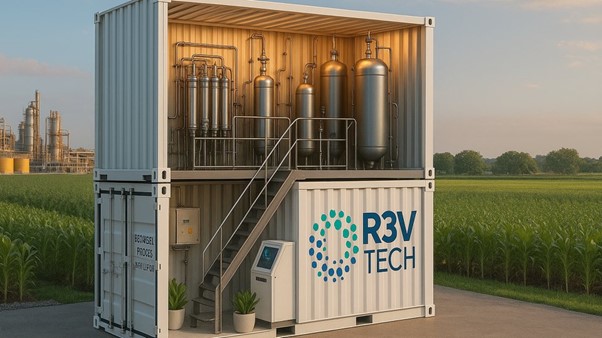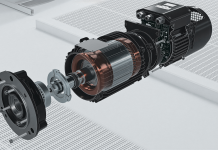Innovate UK Business Connect is inviting coatings specialists to partner in a project to bring NdFeB magnet manufacturing back to the UK.
HyProMag is looking to use Open Innovation to develop protective coating solutions for sintered neodymium-iron-boron (NdFeB) magnets.
With the UK’s plans for Net Zero by 2050, the energy transition and move towards electrification is driving the demand for rare earth elements such as neodymium. Worldwide magnet demand is projected to increase five-fold by 2030 (Reference – Adamas Intelligence), with China currently dominating all parts of the supply chain from primary raw materials through to recycling and remanufacturing.
Our challenge holder, HyProMag, is a UK based company using a patented recycling technology (developed by The University of Birmingham) to separate rare earth (NdFeB) magnets from end-of-life hard drives, electric motors and other components and subsequently recycle the recovered material into new magnets.
Currently operating at pilot scale, HyProMag is scaling fast with initial production of 10 tonnes of sintered magnets per year, ramping to 100-330 tonnes per year in the near future.
While HyProMag, alongside academic partner The University of Birmingham, are leading on bringing sintered NdFeB magnet manufacturing expertise back to the UK, there are several post processing steps where they require additional support.
The challenge
The vast majority of NdFeB magnets need to be coated after sintering because they are susceptible to corrosion from oxygen and moisture, but technology and know-how to do this is currently retained by the primary magnet manufacturers.
In primary manufacture, commonly used coatings include:
Zinc (Zn),
Nickel (Ni),
Triple layer of nickel-copper-nickel, (Ni-Cu-Ni)
Phosphor conversion passivation
The challenge holder is willing to consider both these more traditional coatings, or other novel coatings with equivalent properties.
Partners are sought who can develop either the metallic coatings themselves, novel coating methods for existing coatings or other appropriate barrier technologies for the corrosion protection of sintered NdFeB magnets. Partial solutions will be considered.
The objective is to achieve an ultimate coating thickness of approximately 5 to 30 microns (depending on coating material), these must demonstrate good adhesion, coating structure and corrosion resistance with negligible impact on the magnetic properties.
The solution would ideally be readily scalable, initially to 10 tonnes/year, but with scope for ultimately scaling to multiple hundred tonnes/year of coated magnets. Coating methods could include but are not limited to:
Chemical vapour deposition/Physical vapour deposition
Chemical and electrochemical techniques
Spray coating
Printing
Powder coating
Electroless plating
Benefits and opportunity
This funded programme gives the solution provider an exclusive opportunity to transfer existing technology to a new sector and application and become a vital part of the supply chain for the UK in rare earth magnets.
If successful, the solution provider has the potential of becoming a preferred contractor, guaranteeing future business coating magnets for the challenge holder.
The deadline for applications is 15 August 2024, with a project start date of 1 January 2025.
Log in to ktninnovationexchange.co.uk/challenges/chemicals for full details of requirements, eligibility and the application form.











